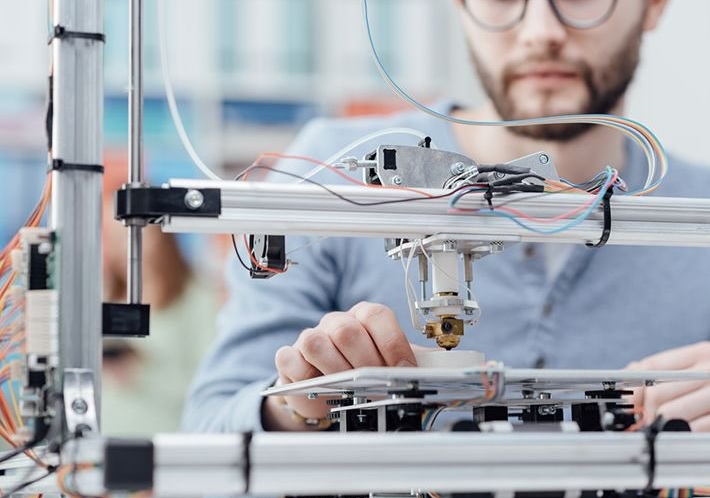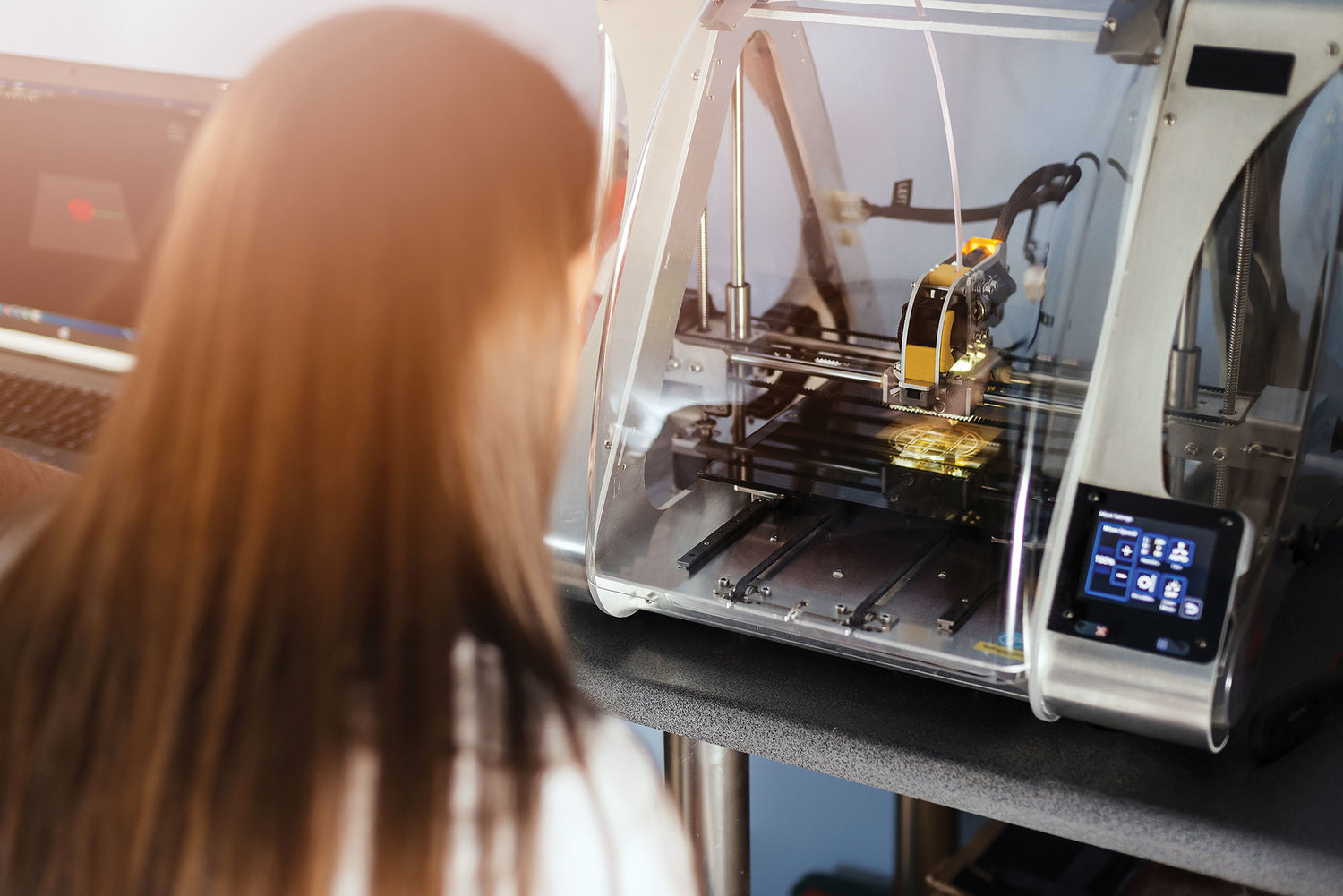Underwriters Laboratories (UL), the safety consulting and certification firm, and global standards developer ASTM International have signed a memorandum of understanding (MoU) which will result in an ASTM-ISO standard for additive manufacturing facility safety management.
Specifically, the MoU between UL and ASTM seeks to establish a framework for cooperation on developing an international, dual-logo ISO and ASTM standard. ASTM International has a previous agreement with the International Standardization Organization (ISO) to publish standards documents as ASTM-ISO standards.
This MoU is the first agreement of its kind between UL and ASTM. ASTM and its F42 additive manufacturing committee will work on reviewing the UL 3400 Outline of Investigation for Additive Manufacturing Facility Safety Management document, before ultimately publishing the standard.
“This partnership brings together both organizations’ expertise and shared desire to drive global safety,” explains UL Standards Vice President Global Standards Phil Piqueira.
“It leverages ASTM’s technical committee and relationship with ISO with our document and research to drive impact and positively influence the international standards landscape.”

Who are ASTM International and the F42 committee?
ASTM International is responsible for developing and publishing voluntary consensus technical standards for a wide range of materials, products, systems, and services. The organization recently demonstrated its intentions towards developing standards for additive manufacturing, in order to enable industry-wide adoption of the technology.
To this end, the ASTM Committee F42 on Additive Manufacturing Technologies was formed in 2009. Meeting on a bi-annual basis, the committee includes over 700 expert members globally who create and revise additive manufacturing standards. ASTM has since launched the Additive Manufacturing Center of Excellence (AM CoE) program in August 2018, aimed at advancing the current state of additive manufacturing. It was established alongside EWI, the UK’s Manufacturing Technology Center (MTC) and an Auburn University-NASA collective.
ASTM has also initiated several rounds of funding to help support the development of standards for the additive manufacturing industry. Furthermore, in May 2019, the organization announced a “Request For Ideas (RFI)” from its ASTM F42 members who were in need of short-term R&D funding through its AM CoE.
Recently, ASTM International signed an MoU with leading technical service corporation TÜV SÜD, in order to develop programs accelerating the adoption of additive manufacturing technologies. The organization also announced that its F42 committee was in process of developing a standard for the laser powder bed fusion (LPBF) 3D printing process.

The UL 3400 document for additive manufacturing facility safety management
Incorporated in 1901, UL is a nonprofit organization dedicated to risk assessment for engineering and construction industries; it operates in 104 countries across the globe. Leveraging its expertise, the firm has since initiated various industrial training programs to help optimise safe and efficient operation in manufacturing environments.
In additive manufacturing, the firm collaborated on a program for metal 3D printing training with EOS in 2016. Additionally, in 2017, UL released a report on the safety of desktop 3D printers, aiming to suppress fears about emissions from fused filament fabrication.
Later that year, UL published its Outline of Investigation for Additive Manufacturing Facility Safety Management. The UL 3400 document was created with the intention of certifying operations handling both polymer and metal powdered feedstock. Norman Lowe, UL AM Global Program Manager, explains, “As an Outline of Investigation, UL 3400 helps enable the industry to move faster and be nimble in addressing the need for facility safety guidance.”
Under the terms of the MoU between ASTM and UL, the F42 committee will review and advance the UL 3400 document, with ASTM operating as the standards developing organization (SDO). Both organizations have also agreed for UL Standards to transfer its copyright of the material in UL 3400 to ASTM. The final published standard will have the necessary attributions recognizing the contribution of content and technical expertise from UL Standards.
“The collaborative nature of global standardization creates many opportunities for partnership with other SDOs,” comments Brian Meincke, ASTM International’s Vice President of Finance, Business Development and Innovation. “We appreciate these opportunities to share knowledge with partners like Underwriters Laboratories to help advance public safety in this fast-evolving field.”
The nominations for the 2020 3D Printing Industry Awards are now open. Who do you think should make the shortlists for this year’s show? Have your say now.
Subscribe to the 3D Printing Industry newsletter for the latest news in additive manufacturing. You can also stay connected by following us on Twitter and liking us on Facebook.
Looking for a career in additive manufacturing? Visit 3D Printing Jobs for a selection of roles in the industry.
Featured image shows a 3D printer. Photo via UL.


